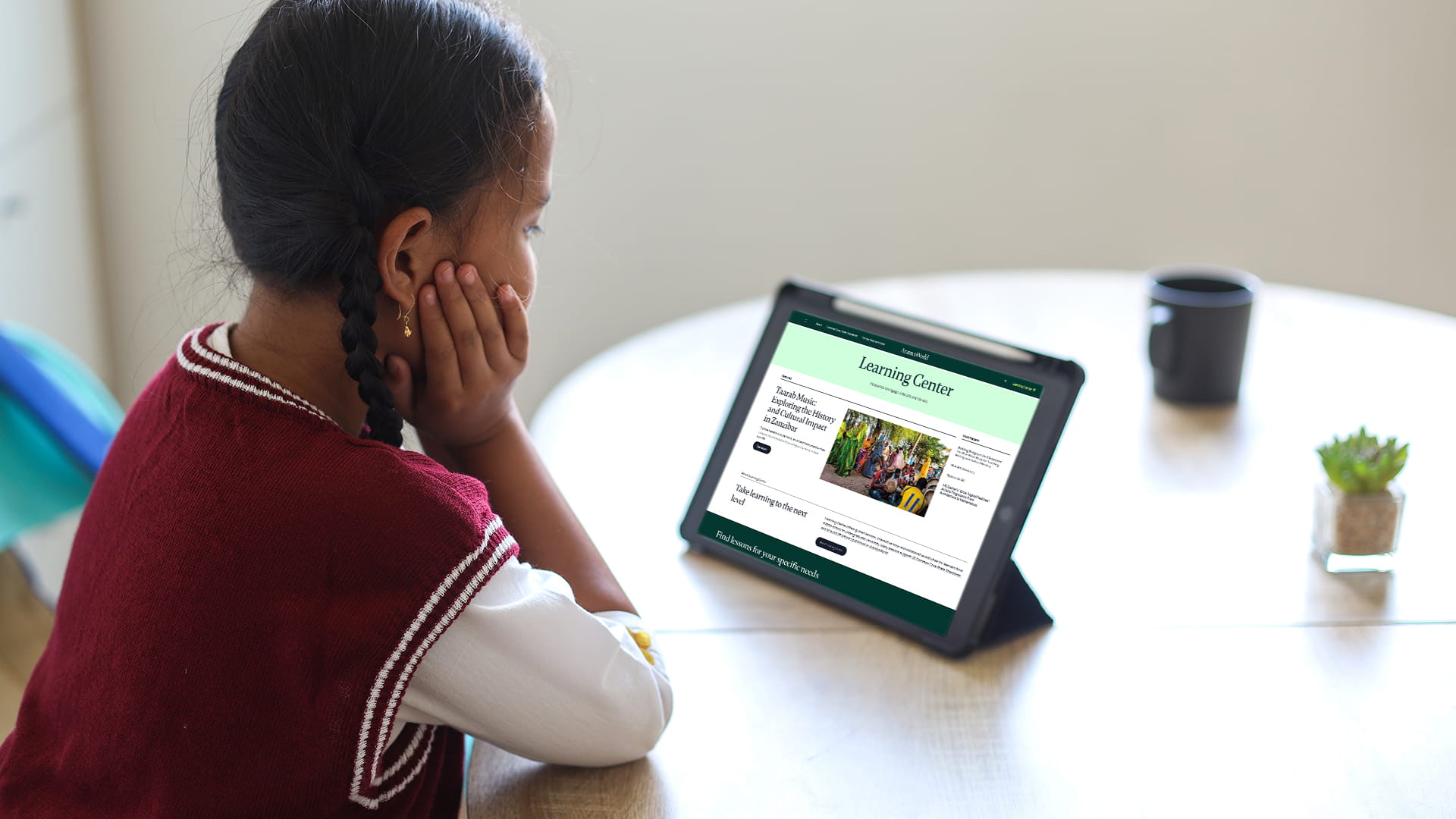Learning Center
Lessons and activities for teachers, students and curious minds.
Featured
Teaching Science? Start With a History Lesson
.jpg?cx=0.5&cy=0.5)
About Learning Center
Take learning to the next level.
Your space for global learning, cultural discovery and inquiry-based exploration.
Learning Center offers guided lessons, interactive tools and collaborative activities for learners from middle school to undergraduate university. Many lessons support US Common Core State Standards, and all build off articles published in AramcoWorld.
Featured Resource Spotlight
For the Teacher's Desk
A dedicated section offering instructional strategies, project-based ideas and real-world insights for educators—always linked to lessons and stories from AramcoWorld.
Get Involved
Take our 2-minute survey and help shape future resources.
We're building a global learning community, and your input matters. Tell us how you use AramcoWorld's Learning Center and how we can better support your teaching or learning journey.
Find lessons for your specific needs
84 Results
.jpg?cx=0.5&cy=0.5&cw=480&ch=360)
Teaching Science? Start With a History Lesson
For the Teacher's Desk
Including historical findings can help students understand how science advances—one step at a time, often with a bit of help from serendipity.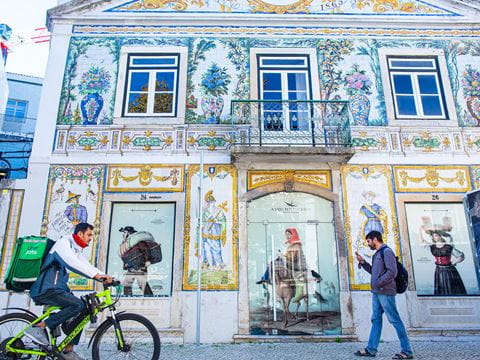
Tracing the History and Geography of Portuguese Tile Making
Geography
Architecture
Europe
Analyze how culture and technology have changed the ways tiles have been made in Portugal for over 500 years.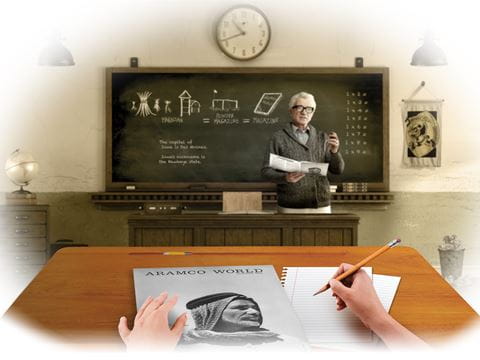
Teaching Empathy: Five Classroom Activities From AramcoWorld
For the Teacher's Desk
Help students build empathy and community for the academic year with AramcoWorld’s stories and Learning Center lessons.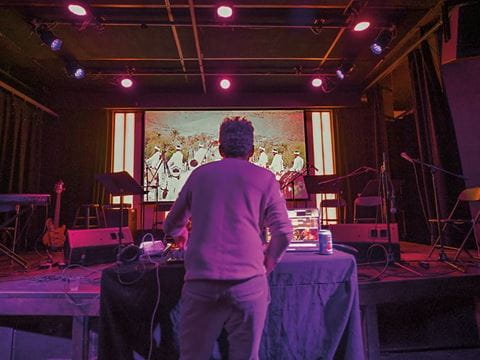
Interpret Tradition in Transition: Remix⟷Culture’s Role in Reviving and Reimagining Folk Music
Media Studies
Art
North Africa
Americas
Investigate how traditional melodies gain new life through Belyamani’s blend of cultural preservation and cutting-edge remix artistry.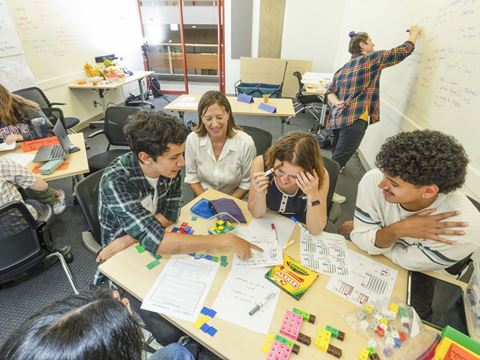
How To Improve Student Confidence Through Seeing Math Differently
For the Teacher's Desk
Hands-on activities shift math from memorization to exploration—building confidence and curiosity in the classroom.
Visualizing From Where Food Comes: Teaching Environmental and Social Impacts of Global Farming
Environmental Studies
Geography
Examine global food production through George Steinmetz’s aerial imagery and evaluate how farming affects people, ecosystems and sustainability.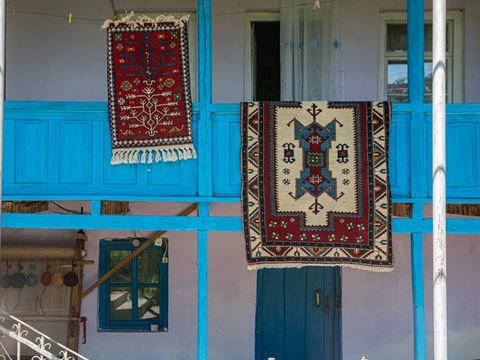
The Legacy of Borchalo Rug-Weaving in Georgia: Explore Cultural Change Through Critical Reading and Design
Art
History
Anthropology
The Caucasus
Analyze efforts to preserve a centuries-old weaving tradition, and connect the Borchalo story to questions of identity, memory and heritage.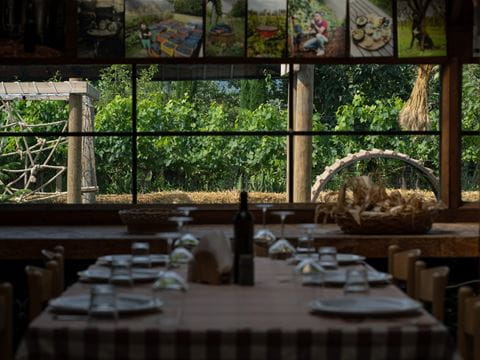
Breaking Bread: Using Food As a Teaching Tool
For the Teacher's Desk
Using food as a teaching tool, students widen their global understanding of other cultures while deepening their connection to the world.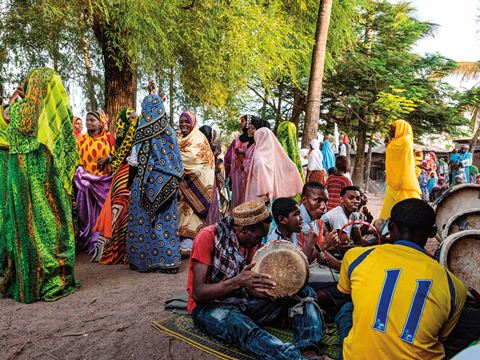
Taarab Music: Exploring the History and Cultural Impact in Zanzibar
Art
History
East Africa
Explore taarab’s cultural roots, sound and instruments—then compare its emotional and social impact to music in your own life..jpg?cx=0.31&cy=0.53&cw=480&ch=360)
Building Bridges in the Classroom: The Stari Most Story for Teaching Writing and Cultural History
For the Teacher's Desk
Teach students how to uncover details through metaphor telling the story of their communities.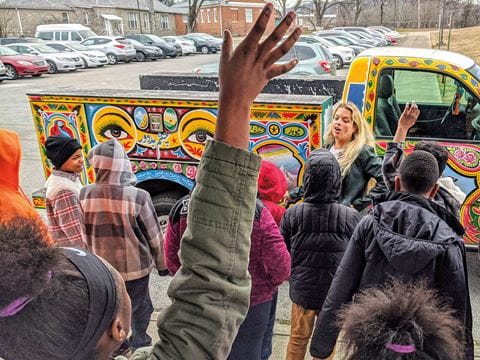
How Art Connects
For the Teacher's Desk
Art links everything—cultures, history, even math. Want to hook students? Try teaching through the art that surrounds us with these stories.
Spaces for All
For the Teacher's Desk
Built environments can foster community within cities and neighborhoods and change how we view the world.
English Language Arts Standards
Common Core State Standards
Learning Center lessons support one or more US Common Core State Standards (CCSS) for grades 9 to 12. Through focus on critical thinking, problem-solving, analysis and other skills, CCSS helps ensure that learners are prepared for college courses and entry-level careers.
Learning Center lessons focus on guidelines within seven CCSS anchor standards.
- Reading for Literature (RL)
- Reading for Informational Text (RI)
- Writing (W)
- Speaking and Listening (SL)
- Language (L)
- Reading for Literacy in History/Social Studies (RH)
- Writing for Literacy in History/Social Studies (WHST)
A detailed list of all CCSS guidelines incorporated in Learning Center lessons is
.jpg?cx=0.5&cy=0.5)
